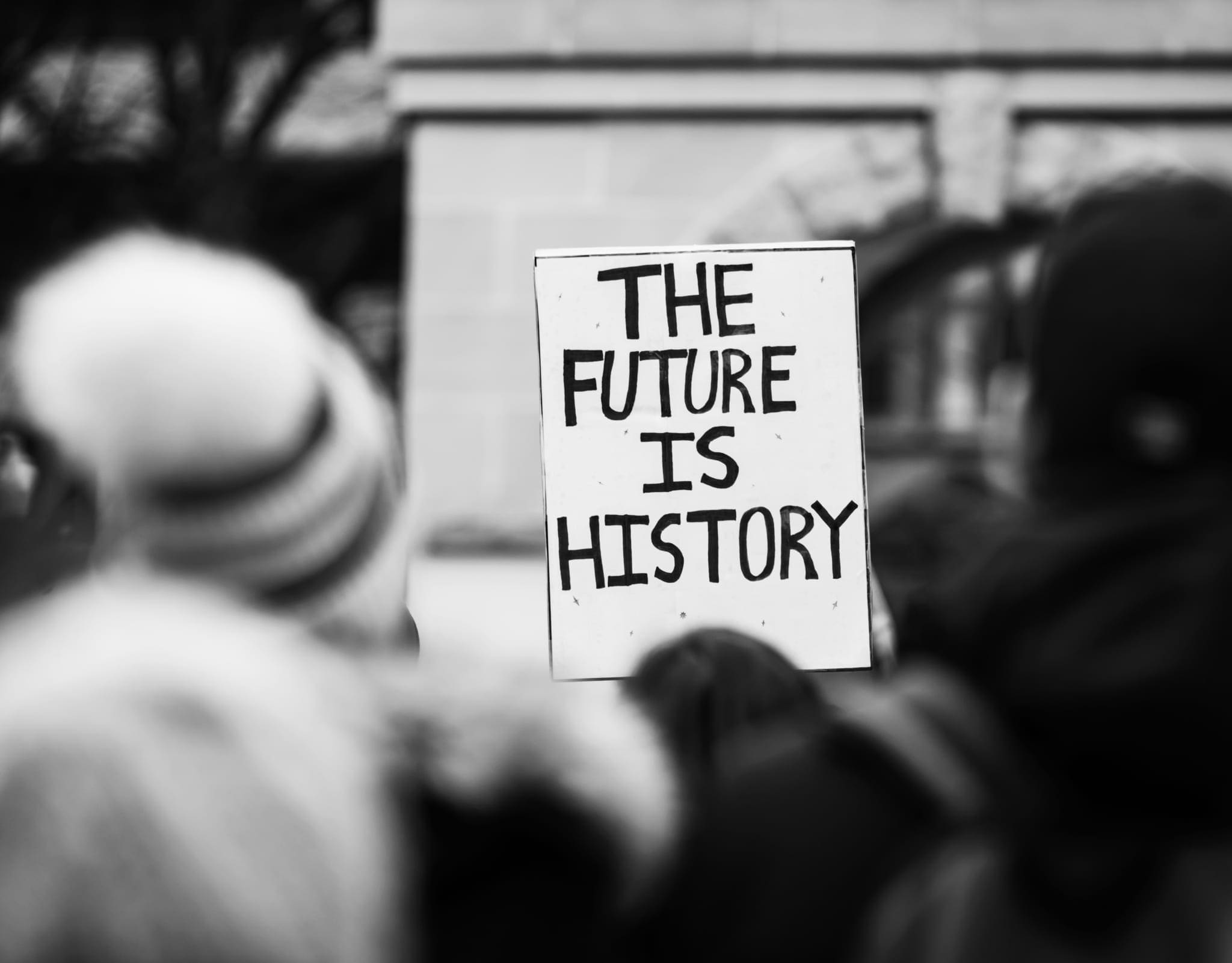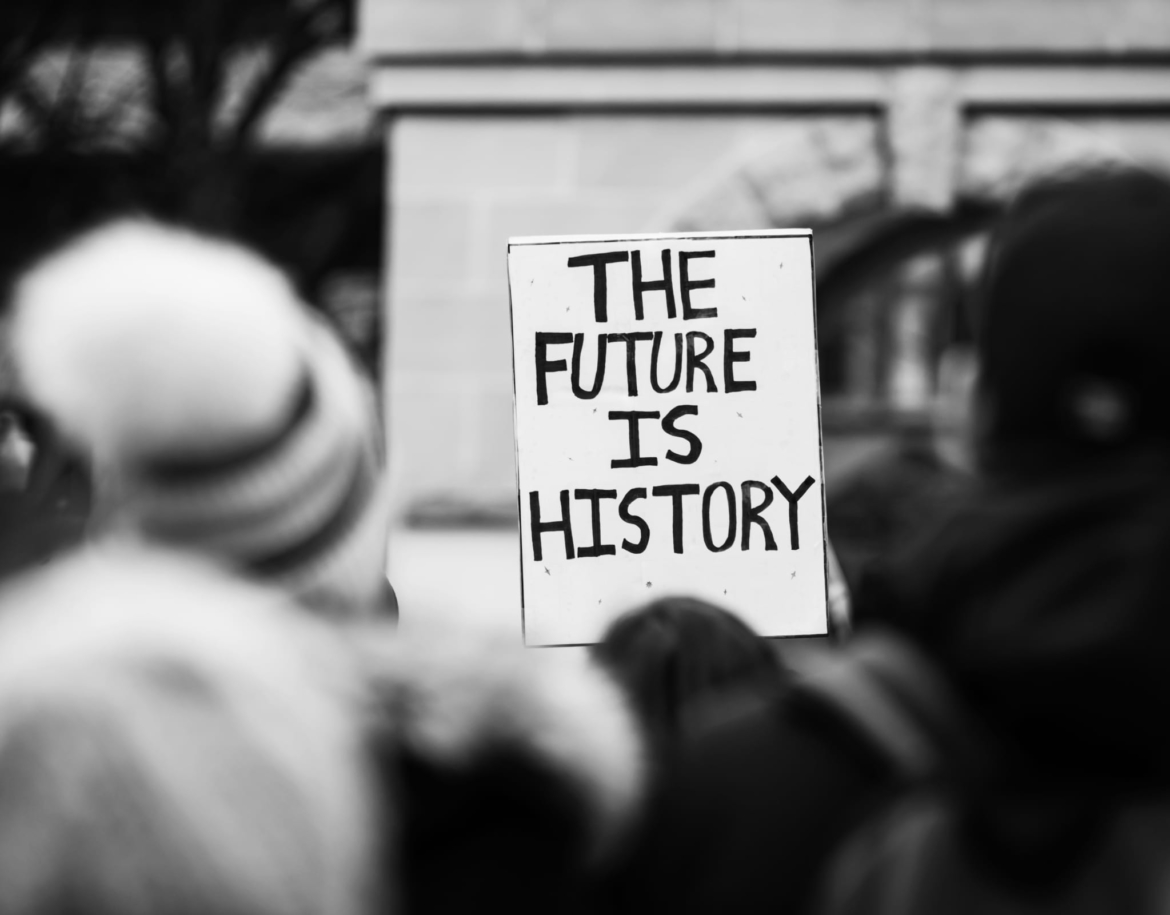Over the past week we’ve seen protests in cities and towns across the United States in response to George Floyd’s death while in police custody. The messages and demands shared by protesters – Black Lives Matter, End White Supremacy, Stop Racist Police – are now preceded by hashtags but are the same messages and demands shared during the civil rights movement of the 1960s.
Different centuries. Similar racial tensions. How did we get here?
The history of labor and economic prosperity in America is inextricably linked to race in America. You cannot understand one without examining the other. American capitalism – American prosperity – was founded on the backs of slaves. Indeed, the cotton plantation was our country’s first big business. And yet, over 150 years after slavery was officially abolished, dehumanizing tactics rooted in slavery are still integrated into our current system to marginalize and keep our frontline workers invisible – lack of labor protections, not being paid a livable wage, lack of access to affordable healthcare. It’s only recently taken an international pandemic to wake the nation’s conscience and shine a spotlight on the broken employment system we’ve been operating in for over century.
Over time, overt forms of racism like slavery and segregation were made illegal and in their place came new, socially and legally acceptable, covert forms of racism that take advantage of people of color, predominantly Black people, for the economic benefit of the few, predominantly White people. Redlining, mass incarceration, wage inequality, racial profiling, anti-immigrant policies, hiring discrimination, and the exclusion of agricultural and domestic workers from the National Labor Relations Act are all forms of this covert racism that create not only fear, but generational systemic economic injustices.
It’s largely true that we didn’t create the systems we have today – rather we inherited them from earlier generations. But it is clear why the uprising is underway and it is imperative that we, especially White people, examine and understand that these systems have been built on top of deeply racist practices and policies over hundreds of years and as a result are complex, cumbersome, and slow to change. But change them we must.
Businesses are under increasing pressure to address social issues but in order to do so in an authentic, impactful, and lasting way they need to recognize and understand the history and complexity of the system in which they operate. Only by understanding the problems of the current systems can they then change their individual business practices and push for the systemic change that is needed to rewire the underlying policies and practices that continue to create limited opportunities for millions of our colleagues, friends, and fellow citizens to reach their full potential, let alone survive.
Many businesses are publishing letters in support of Black Lives Matter and ending the police brutality directed at men of color, but are those same employers willing to examine how Black lives matter or don’t matter within their organization? Are those of us leading organizations willing to listen, learn, unlearn, empathize and hopefully change our employment policies and practices by reducing barriers and expanding opportunities to those our systems are designed to leave behind? It won’t be easy and it won’t happen overnight but the time has come for all of us to start.
The following are our commitments which I hope others will consider.
For Myself: Proximity – Who do we listen to, get new ideas from, and seek to understand? We all need to put our user-centered design principles to practice with our Black colleagues at the center, especially our colleagues on the frontline with the least power and voice. They understand the systemic inequalities better than any of us and will help us understand how we can build a better, more just system.
For My Organization: Data – We need to take a new look at our employment data to understand the different experiences of our colleagues. Do we understand what retention, advancement, and compensation looks like across race, gender and socio-economic status at our organizations? Do we know what could be driving or improving these statistics?
For My Community: Unlearning History – Get to know the context in which we operate. Our office recently took a redlining tour in Seattle which happened to be in my neighborhood. The walk through history helped me realize that impacts of redlining still exist in neighborhoods where there was and continue to be a high concentration of people of color. Formerly redlined neighborhoods often continue to have fewer businesses (read good jobs), less access to reliable public transportation, and schools with fewer resources. Understanding these systemic limitations is the first step in creating innovative solutions to fix the broken system.
As a first step we strongly encourage you to read FSG’s reports, Reckoning, Repair, and Change and Advancing Frontline Employees of Color for concrete steps your business can take to advance racial equity.


